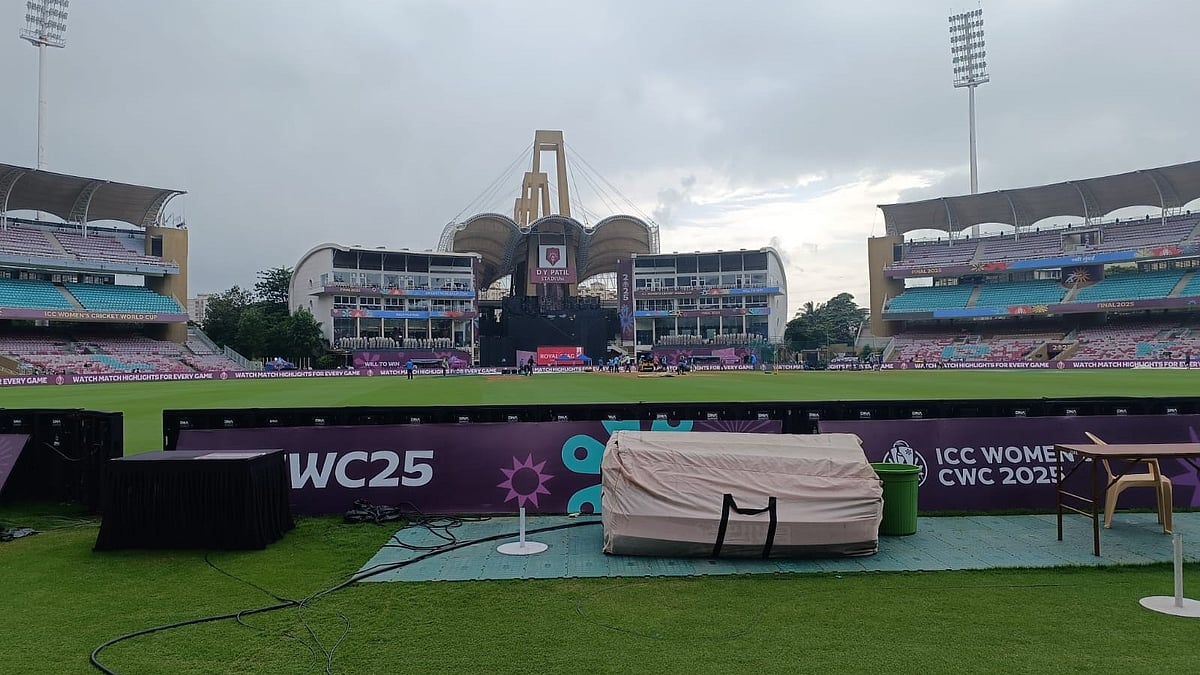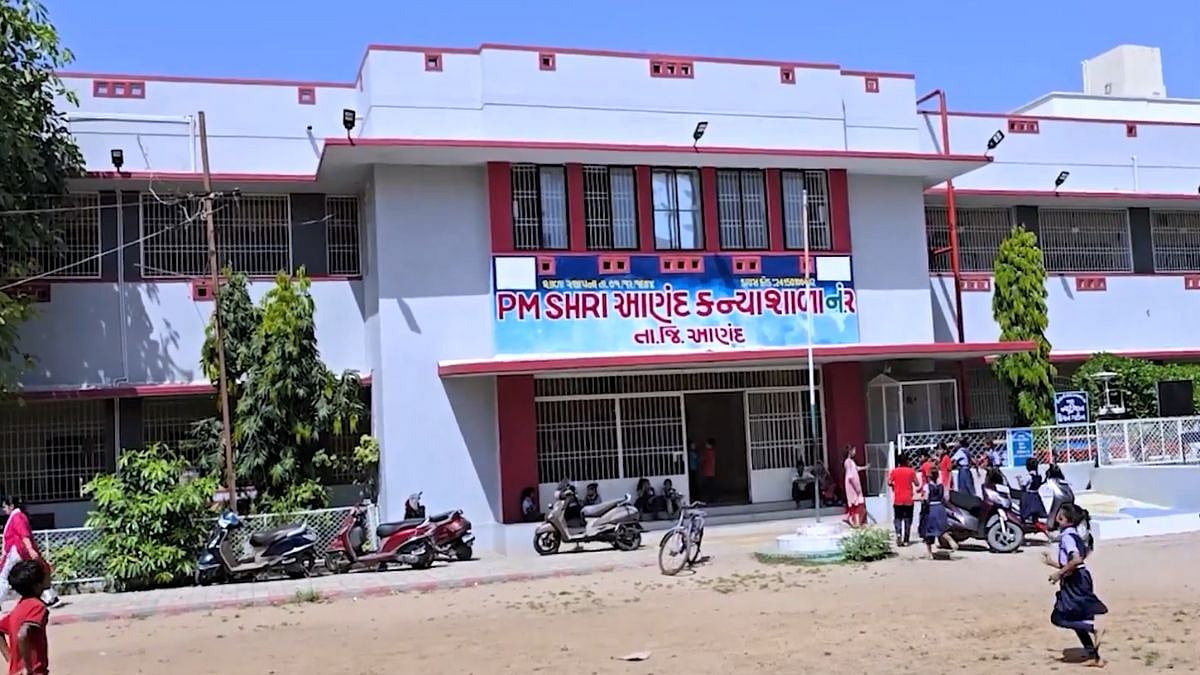In India, the food debate continues to be at its fiercest along the vegetarian/non-vegetarian fault line. In a polarised milieu, what is less discussed is how climate change is affecting the diets of both vegetarians and non-vegetarians. It is time to wake up.
Take fish. Industrial fishing alongside climate change is taking a heavy toll on the tuna fish. “Tuna population in the Indian ocean has shown a huge decline since the 1950s, due to industrial fisheries which have wiped out a large part of the tuna population. Climate change has been an additional stressor,” says Roxy Mathew Koll, climate scientist at the Indian Institute of Tropical Meteorology, Pune, and a lead author of recent Intergovernmental Panel on Climate Change (IPCC) reports.
“I eat a lot of fish. We order through a Bangalore based company. What I am noticing — fish like sardines are available even during those periods when trawling is banned, during the monsoon season, when they are supposed to breed. Many times, the fish we get are tiny, which means that they are being caught early, before they have gone through the breeding cycle. This means they did not get a chance to breed and marine wealth is not being replenished. They catch them earlier before the breeding cycle. We need to have better regulations on industrial fishing.”
Lax regulations on industrial fishing at a time of warming seas or marine heatwaves heighten the risks confronting fish.
Fish, says Koll, are quite resilient in times of warming waters. “When the water is extremely warm, they move to cooler waters. Or they might dive deeper. This poses a challenge to fishermen. Because warming waters impact the distribution of fish. Fishers may not find fish where they used to find them earlier or they may not find the species. Warming waters or marine heatwaves have led to mass fish mortality in many places. There has been a collapse of mass fisheries in the United States.”
But there is a problem when it comes to India. “We do not have data or real understanding about how marine heatwaves have impacted or are currently impacting fisheries in the Indian Ocean though we expect impacts like fish mortality and change in distribution of species. We do not yet have close monitoring of these issues, or transdisciplinary research into interactions between marine heatwaves and fisheries,” adds Koll.
Take wheat, one of India’s main staple crops. Extreme heat during the critical growth phase such as germination phase of wheat significantly and negatively affects wheat yields, points out Aditi Mukherji, scientist with CGIAR, an international research organisation working on agriculture and another IPCC lead author. “Last year, when South Asia had extended heat waves in early March and all the way through April, wheat yields even in places like Punjab and Haryana (where there is full irrigation coverage) were affected. This is what we call physical limits to adaptation, because it is physiologically impossible for wheat crop to germinate at temperatures that touched 48 degrees during the flowering and germination phase, even when adaptation measures like irrigation is available,” she says.
Extreme heat, droughts, floods, cyclones, melting glaciers, rising seas, marine heatwaves are having a knock-on effect on the availability and quality of food, triggering a spike in food prices, threatening food security and livelihoods of millions across the world.
Asia remained the world’s most disaster-hit region from weather, climate, and water-related hazards in 2023, according to a recent report by the World Meteorological Organization (WMO).
Climate change is also impacting the nutritional value of our food. Research led by Sam Myers, Director of the Planetary Health Alliance at the Harvard Chan School, shows that when food crops like corn, rice, soy, and wheat, are exposed to CO2 at levels predicted for 2050, the plants lose as much as 10% of their zinc, 5% of their iron, and 8% of their protein content.
I hate to break this to fellow coffee lovers — there are climate impacts in every cup of coffee. Indian coffee has been hit by climate change. Ditto with coffee in Southeast Asia. A recent study by Dr Warathida Chaiyapa, assistant professor at Chiang Mai University School of Public Policy, pointed out that warming temperatures and shifting weather patterns threaten coffee crops, putting the entire industry at stake. This affects small scale cultivators as well as bustling coffee shops “Climate change severely impacts the coffee industry throughout its supply chain, particularly jeopardising the coffee plantation and livelihood of millions of coffee farmers. The impact of climate change on the coffee industry have manifested in lower coffee yields and spiking prices in recent years,” says the study titled A 2030 Roadmap for Climate Adaptation in the Coffee Bean Belt of Southeast Asia and supported by Heinrich Boll Stiftung, Southeast Asia. It advocates regional collaboration among coffee stakeholders in the region.
Eggs have also been affected. Last month, the president of the Philippine Egg Board Association lamented that extreme heat was affecting egg production due to reduction in feed-intake. Eggs are getting smaller, he said.
The vicious heatwave engulfing Southeast Asia in recent weeks has also affected the famous durian, among Thailand's most famous and lucrative exports. The yields have been smaller; costs have gone up.
Rising temperature means rising risks for India’s poultry farmers. A spokesperson of the Poultry Federation of India told Asian Agribiz, a portal, that only those farms that have sufficient water can operate well. “The farms also need extra water to run sprinklers on the roofs of poultry sheds and foggers inside the sheds to bring down temperatures.”
The signs are everywhere. Last month, at a workshop for journalists on understanding and reporting climate, air pollution and health at The Sunway Centre for Planetary Health at Sunway University, Malaysia, scientists spoke about drying ponds and depleting fish catch in India and saltwater intrusion in the Mekong Delta, rice bowl of Vietnam, and the damages to our food, water, and health security.
A brutal heat wave continues to envelop huge swathes of India. But climate change has not really featured in speeches in the seven-phase national polls. To political analysts who typically explain this away by saying politics and economics are paramount in India, here is my riposte – there is nothing on earth that climate change does not impact. Ignoring the inseparable connection among food, climate, economy, and the environment would be suicidal for every country including India, the fifth-largest economy in the world, already grappling with child malnutrition and soaring food prices.
Patralekha Chatterjee is a writer and columnist who spends her time in South and Southeast Asia, and looks at modern-day connects between the two adjacent regions. X: @Patralekha2011










